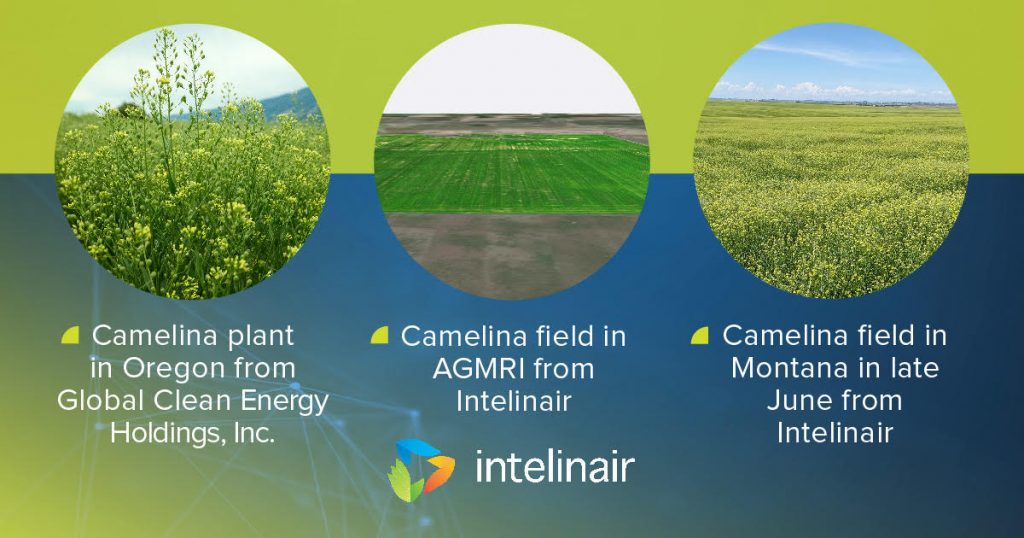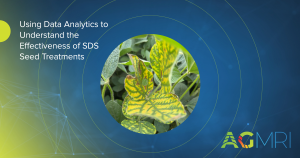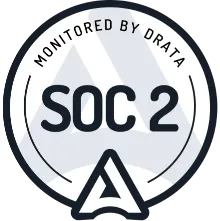Grant Focused on Advancing Camelina as Renewable Fuel Feedstock
INDIANAPOLIS – October 26, 2023 – Intelinair announced that it has been selected to participate as a project partner in one of the USDA’s Partnerships for Climate-Smart Commodities grants.
Global Clean Energy Holdings, Inc. was awarded up to $30 million for a large-scale pilot project to measure and validate the advantages of camelina sativa as an ultra-low carbon renewable fuel feedstock in the first round of the USDA grants. Intelinair is one of 17 company and university partners named to this pilot project utilizing its leading models and analytics to provide crop production analysis and crop yield estimation.
“We are excited to be part of this initiative to study camelina as a plant-based feedstock for renewable biofuels alongside Global Clean Energy and its partners,” said Kevin Krieg, Director of Business Development and Project Lead at Intelinair. “The project is underway, and our team is working closely with the other project partners to utilize our AI technology to deliver on the objective of camelina becoming a mainstream crop in cropping systems. With Intelinair’s crop production analytics and yield estimation technology, we bring together the latest in remote sensing, computer vision, machine learning, and analytics to create a new set of agronomic best practices for camelina that will have a positive economic impact for farmers while addressing the climate.”
According to USDA’s announcement, the five-year project will help “accelerate farmer adoption of camelina as a nonfood crop grown on idle acres to produce more plant-based feedstock for renewable biofuels and chemicals with low carbon intensity and no land use change while increasing carbon capture in the soil.”
“As the renewable fuels industry continues to expand, optimizing the efficiency of our production is critical for meeting growing camelina demand,” said Kevin Monk, Vice President of Ag Technology for Sustainable Oils, Inc. Global Clean Energy’s subsidiary. “Remote sensing and data analytics from Intelinair equip our company to make informed cultivation and commercialization decisions to continue advancing camelina as a high-potential low carbon renewable fuel feedstock.”
Camelina is an annual or winter annual in the Brassicaceae, or mustard family, that originated in Northern Europe. Camelina is an oilseed crop that can be used to produce ultra-low carbon renewable fuels. Generally grown as a summer or winter annual, camelina is a water and nutrient-efficient, short-season crop ready for harvest within 85 to 100 days from seeding. Each acre of camelina can result in ~100 gallons of renewable diesel equivalent without causing land use change. Camelina has among the lowest carbon intensity (CI) scores of available feedstocks on the market, and renewable fuels produced with camelina varieties can achieve a Net Zero or below CI score. It is grown on fallow land or as a rotational harvestable cover crop alternative, providing cover crop benefits to the land on which it is grown without contributing to land use change.
Read the initial USDA Climate-Smart Commodities announcement here.
About Intelinair
Intelinair elevates agronomic management decisions by providing insights all season long to farmers and ag retailers through its easy-to-use interactive platform AGMRI. High resolution aerial imagery from fixed wing airplane, satellite, or drones provides whole field views increasing efficiency by prioritizing fields and offering assurance that fields are monitored and reviewed for timely decision making and identifying sustainability opportunities. Intelinair analyzes millions of acres in the U.S. and several other countries from its headquarters in Indianapolis, Indiana. Learn more at intelinair.com.
About Global Clean Energy
Global Clean Energy Holdings, Inc. (OTCQB: GCEH) is a vertically integrated renewable fuels business that is focused on reducing carbon emissions sustainably through their proprietary nonfood camelina varieties – delivering among the lowest carbon intensity renewable fuel in the marketplace. Their strategy since its inception has been to control the full integration of the renewable fuels supply chain from science to seed and farm to fuel. Global Clean Energy aims to operate the development, production, processing, and transportation of feedstocks as well as the refining and production of renewable fuels. They process their proprietary nonfood camelina feedstock in their Bakersfield, California renewable fuels production facility, yielding a renewable diesel that is chemically identical to petroleum diesel, but with 80+ percent lower carbon emissions. More information can be found at www.gceholdings.com.
About Sustainable Oils, Inc.
Sustainable Oils, Inc., Global Clean Energy’s wholly owned plant science subsidiary, owns an industry leading portfolio of intellectual property rights, including patents, plant variety protection certificates, and production know-how to produce its proprietary camelina varieties as a nonfood based ultra-low carbon renewable fuel feedstock. These varieties are the only nonfood renewable feedstock on the market certified for both the U.S. EPA’s Renewable Fuel Standard and California’s Low Carbon Fuel Standard. Sustainable Oils was formed in 2007, and has its headquarters in Great Falls, Montana. More information can be found online at www.susoils.com.
®Trademark of IntelinAir, Inc.















